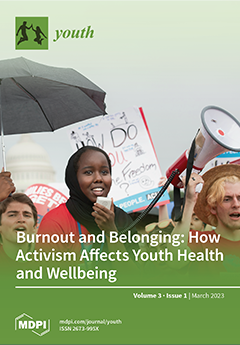Successes and failures are integral outcomes to the sport experience. Based on decades of research, how athletes process both outcomes influence their thoughts, emotions, and subsequent achievement endeavors. Attribution theory details three dimensions as to the causes of success and failure. Since the
[...] Read more.
Successes and failures are integral outcomes to the sport experience. Based on decades of research, how athletes process both outcomes influence their thoughts, emotions, and subsequent achievement endeavors. Attribution theory details three dimensions as to the causes of success and failure. Since the 1980s, attribution theory has found a home in sport psychology literature. However, research across countries requires valid and reliable questionnaires. One such country is Croatia where attribution research is scant. Thus, in a Croatian combat athlete sample, we examined athletes’ attributions for the most and least successful performances via retrospection. Croatian athletes (
N = 154) from three combat sports (judo, karate, and taekwondo) who all competed at least once on an international stage completed the Croatian Causal Dimension Scale-II, answered in reference to a specific reason for their best and worst competitive experience. Results showed that the combat sport athletes attributed their most and least successful competitive achievement to psychological reasons more than other reasons (i.e., general preparation and physical preparation). Furthermore, based on a series of two-tailed paired samples
t-tests and the nonparametric equivalent, Wilcoxon signed rank test, the participants made, from small to medium in meaningfulness (Cohen’s d), more internal (d = 0.30), stable (d = 0.56), personal (d = 0.30), and external (d = 0.21) controllable attributions for success than for failure (all
t-test
p-values < 0.01). Our results suggest the athletes made the self-serving attribution bias across both the success and failure competitive events. Our results contribute to better understanding of specific reasons for success and failure and the attribution dimensions explaining the competitive outcomes in competitive combat sport. Specific to Croatian sport, our results provide Croatian combat sport with theory driven research applicable to improving development of Croatian combat athletes on the international stage.
Full article




